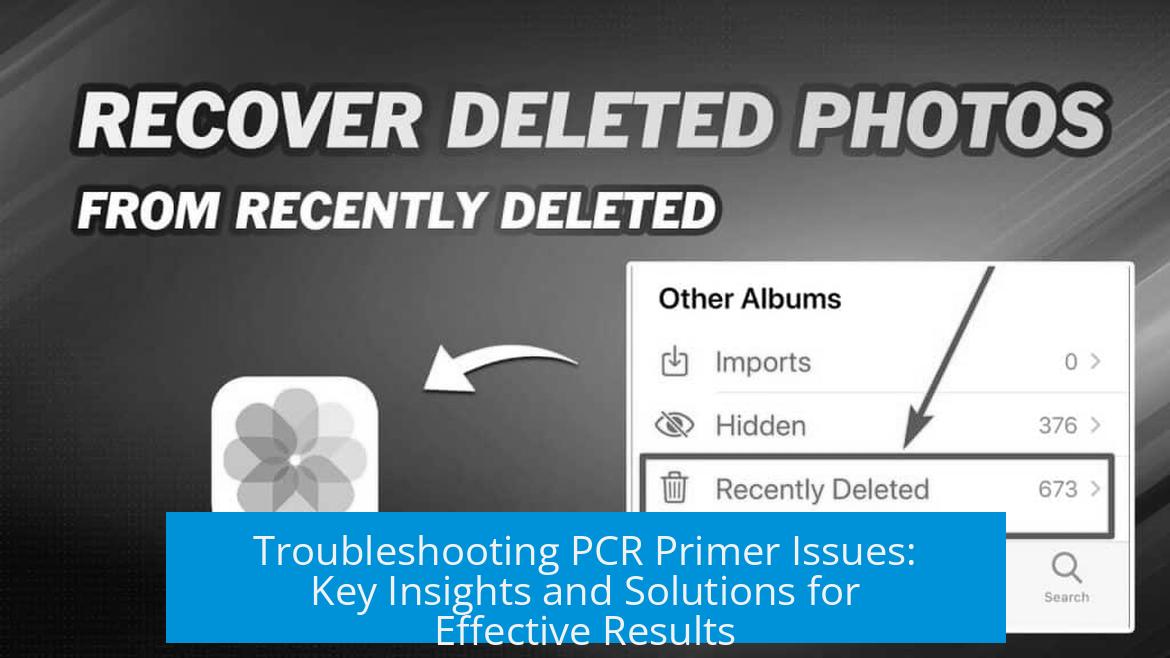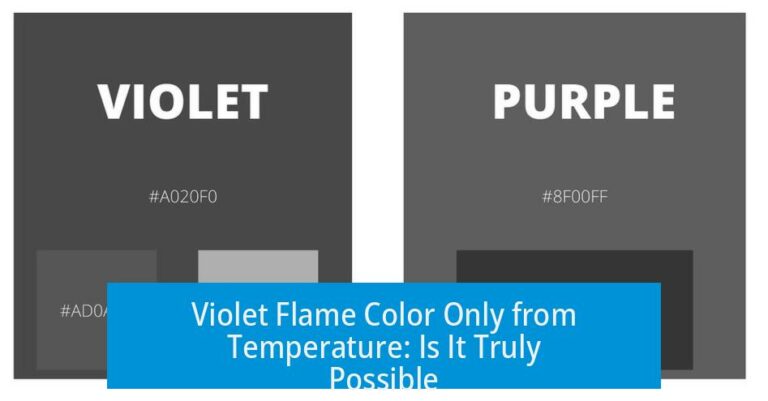Understanding and Troubleshooting Primer Issues in PCR
Primer-related problems frequently cause PCR failures and misinterpretation of results. Common issues include primer dimers, incorrect primer concentrations, and suboptimal primer design or performance. Addressing these can improve PCR specificity and yield.
Primer Dimers Identification
Primer dimers appear as low molecular weight bands on gels, often below 100 bp. They form when primers anneal to themselves or each other instead of target DNA.
- Bands located near the gel bottom usually indicate primer dimers.
- Absence of template controls can confirm if bands arise from primer dimers.
Primer Concentration Problems
High primer concentration is a common PCR pitfall. Final primer concentration should be under 500 nM per reaction to avoid nonspecific amplification, including primer dimer formation.
- Excess primer reduces specificity and inhibits correct product formation.
- Carefully verify dilutions to maintain optimal primer concentration.
Primer Performance and Troubleshooting
Adjusting annealing temperature can resolve primer binding inefficiency. Lowering the annealing temperature may increase binding but can also promote nonspecific products.
- Employ primers proven in your lab at specific annealing temperatures.
- Validate new primers with control reactions to ensure proper function.
Gel Electrophoresis and Ladder Selection for PCR Analysis
Ladder Recommendations
Selecting an appropriate DNA ladder improves size estimation of PCR products. For small amplicons, ladders with bands starting as low as 50 bp are ideal.
- Use a 50 bp ladder (e.g., NEB N0556S) for detecting products less than 200 bp.
- The 1-kb plus ladder ranges from 75 to 20,000 bp, covering a wide size spectrum.
Gel Concentration Advice
Gel concentration affects resolution. For small products and primer dimer separation, a 2% agarose gel provides better discrimination than lower percentages.
Validating PCR Products and Using Controls
Evaluation of PCR Product Bands
Clean, sharp bands at expected sizes indicate successful amplifications. Bands too low or diffuse likely represent primer dimers or nonspecific products.
Use of Controls
No-template controls should always be run. Detection of bands in these controls confirms primer dimer formation or contamination.
Optimizing PCR Reaction Conditions
Critical Reaction Parameters
Optimizing annealing temperature, magnesium ion concentration, and primer melting temperature is essential.
- Mg2+ ions influence primer-template binding and enzyme activity.
- Primer melting temperature guides annealing temperature choice.
- Master mix components affect reaction consistency.
Validation in previous experiments ensures selected parameters work; otherwise, systematic optimization is necessary.
Key Takeaways
- Primer dimers appear as low-weight bands near gel bottom; control reactions help identify them.
- Maintain primer concentration below 500 nM to reduce nonspecific amplification.
- Select ladders with appropriate size ranges and use 2% gels for resolving small products.
- Run no-template controls to check for contamination or primer dimers.
- Optimize annealing temperature, Mg2+ concentration, and primer design for robust PCR results.





Leave a Comment